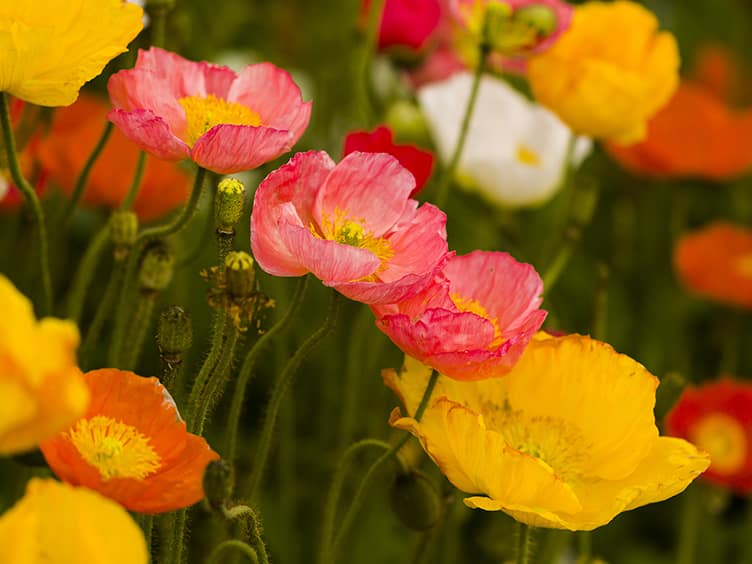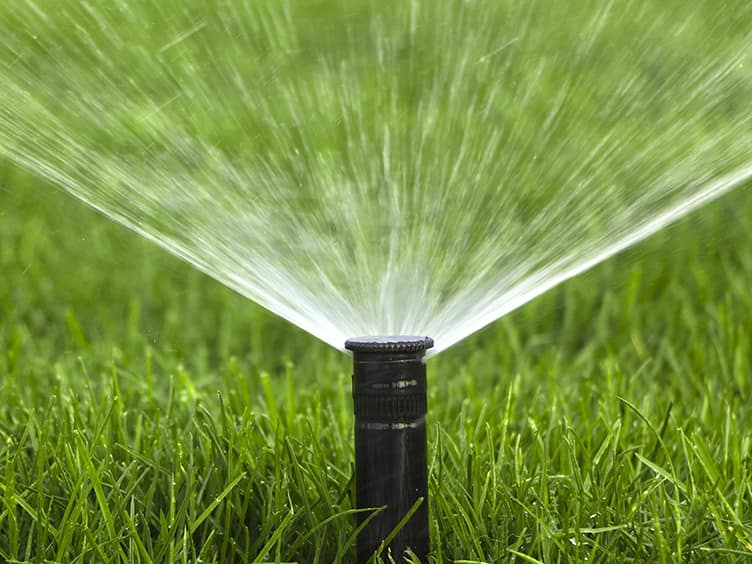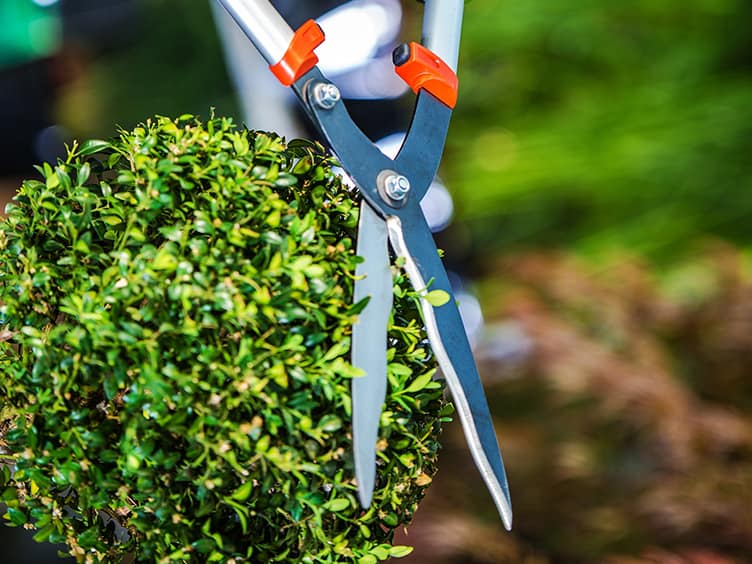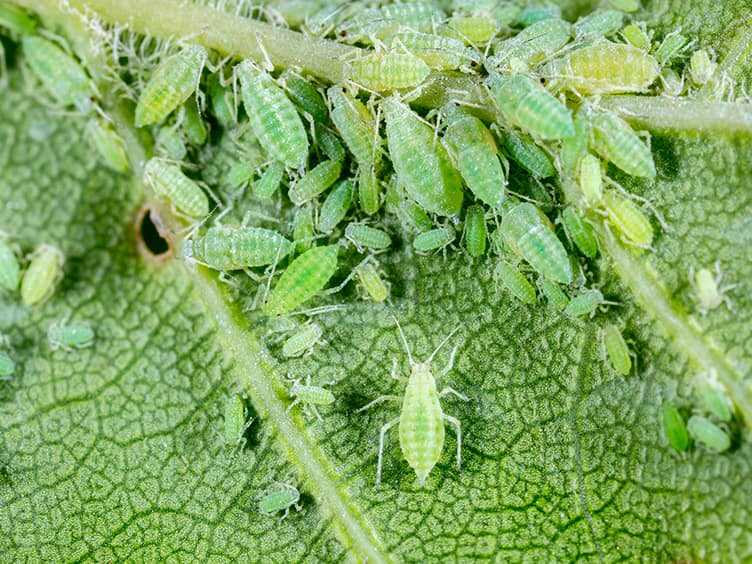Chilli
It seems that most people now have at least 1 or 2 chilli plants at home – it’s become incredibly trendy. Growing...

By February, life has returned to normal after the holiday break. School is in and most of us have settled back into our usual routines. The garden is still full of colour, with brilliant flowers like these sunflowers highlighting that we are not quite done with summer just yet. The sun is rising a little later and setting earlier but there’s still some heat in it and there will be days when temperatures peak in the high 30s or 40s.
It seems that most people now have at least 1 or 2 chilli plants at home – it’s become incredibly trendy. Growing...
Delicious in salads and sandwiches, the crisp, sweet crunch of a cucumber is one of the joys of summer. Growing...
Spring onions (also known as green shallots and green bunching or salad onions) are a delicious addition to a whole...
Nothing beats the taste of your own home-grown tomatoes, freshly picked and warm from the summer sun. Slice them into a...
The basis of so many delicious dishes, onions (Allium cepa) are an essential ingredient in every cook’s store cupboard...
Growing garlic ( Allium sativum) at home is now very popular. It's an easy vegetable to grow - just plant a garlic clove...
Zucchini are now a common, summer staple in the vegetable garden. They are relatively easy to grow and they can be eaten...
Runner beans, or more correctly scarlet runner beans, (Phaseolus coccineus) are among the easiest and most rewarding...
Bags of salad leaves are quite expensive to buy and have a fairly short lifespan in the fridge. Grow your own salad...
Delicious in pies, soups and stews and full of vitamins and minerals, pumpkins are a tasty autumn and winter treat...
Sweet Corn, or maize, won't really grow as high as an elephant's eye, but it will be sweet, tender and delicious -...
Rhubarbs edible stalks grow from a central crown and this popular vegetable is most commonly eaten as a sweet! Once...
You might not like the cold weather, but Brussels sprouts do! Brussels sprouts grow best in cool climates with cold...
Kale is an easy to grow leafy vegetable that has become popular thanks to its superfood status because it’s rich in...
Silverbeet is also commonly referred to as Swiss chard, chard or rainbow chard. The rainbow variety has brightly...
Ginger is a tasty and easy spice to grow in your own garden. Tropical and subtropical gardeners can grow ginger year...
Beetroot is the ultimate vegetable to grow for root-to-tip eating! Its young tender leaves can be eaten raw in salads or...
Celery can be a fussy vegetable to grow, it doesn’t like it too hot or too cold! But once you’ve got it growing happily...
Watercress is a peppery, nutrient-rich leafy green that’s delicious on sandwiches and in salads. It’s easy to grow in...
Eggplants are a heat-loving, productive and home garden-friendly crop to grow. They love a full sun spot and will...
Capsicums add crunch, colour and nutrients to many dishes including salads, casseroles, stir fries and roasts. Capsicums...
Sweet potatoes rambling vines grow tubers beneath the ground. These vigorous and productive vines can be grown in a...
Beans are a bountiful plant to have in your vegetable garden, they are easy to grow and heavy croppers. You can find...
Radishes are one of the easiest and speediest vegetable crops to grow! Perfect for the time poor or beginner gardener...
Globe artichoke (Cynara scolymus) are thistle like plants that produce edible flowers - harvested and eaten in their bud...
Squash or patty pan squash as they are often called - because of their UFO like shape - are an easy to grow summer...
Parsnips are a nutty and sweet root vegetable that can take 5-6 months to reach maturity! But the flavour of homegrown...
Lettuce is an easy to grow, staple leafy green that can be easily grown year round. You can grow lettuce quickly from...
Okra, also known as Lady’s Fingers or Gumbo, produces long pod-shaped fruit that can be used in stews, curries and stir...
Taro is a staple crop in many pacific countries that produces an edible white tuber beneath the ground. The starchy taro...
Carrots are an easy to grow, staple vegetable that’s worth including in your garden. They’ll happily grow in a full sun...
Yam (Dioscorea sp.) is an ancient food crop grown in tropical and subtropical climates as an alternative to potatoes...
Mustard greens (Brassica juncea) are a cool season vegetable, grown for their peppery edible leaves. You can eat young...
Tiny and tasty, cherry tomatoes are a vegie patch superstar. Surprisingly east to grow, these little legends come in a...
Eaten fresh, baked in muffins or as the star attraction in jams or desserts, blueberries (Vaccinium corymbosum) are...
Who doesn’t love strawberries? If you’re a strawberry fan, there are many varieties easy to grow at home, allowing you...
What could be better than a bowl of sweet, fresh-picked raspberries in summer? These delicious fruits are easy to grow...
Homegrown cherries are sweet, juicy and delicious. Many varieties will be dripping with ready to pick cherries around...
Apple trees love a garden with cool winters, but if you choose the right variety (with ‘low chill’ requirements), you...
Chokos are an old-fashioned crop that’s making a comeback! Once upon a time, these vigorous vines covered pergolas...
Blackberries sometimes get a bad wrap thanks to the wild, thorny, weedy ones! But growing blackberries in your garden is...
Growing grapes from your own grapevine really are the perfect summer snack! Fruiting grapevines are fast-growing...
Fig trees originate from the Mediterranean where the summers are hot and dry, and winters cool - so they happily grow in...
Mangoes are the classic summer fruit, loved for their sweet and juicy flesh. Mango trees thrive in tropical and...
Passionfruits are a popular and productive vine that will grow in most climates around Australia. They particularly...
Pineapples are an easy care tropical fruit, that will also grow in other frost-free climates around Australia too...
Rockmelons, also known as cantaloupe, grow on sprawling vines during the warmest months of the year. These sun-loving...
Lychee fruit grow on medium to large evergreen trees that love growing in subtropical and tropical climates. They love a...
Paw Paw or Papaya (Carica papaya) originate from tropical and subtropical climates, so they thrive in warm, frost free...
Mulberry trees are a fast and easy to fruiting plant for every home garden! You’ll rarely find mulberries at the...
Watermelons grow on sprawling vines during the warmest months of the year in Australia. These sun-loving plants can be...
Pear trees love a garden with cool winters, but if you choose the right variety (with ‘low chill’ requirements) you can...
Kiwifruit grow on large, vigorous vines that need a lot of space to grow. To produce kiwifruit you’ll need to plant both...
Gooseberries (Ribes uva-crispa) are native to parts of Europe, but they’ll happily grow in the cooler parts of southern...
Plum trees are productive fruit trees, ideally suited to growing in the average backyard or in a large pot. There are...
Cheerful, bright and compact, African violets are the perfect indoor pot plant. They have eye-catching purple, red, pink...
Snake Plants are the easiest houseplant of all to grow. This undemanding plant will grow in the most challenging of...
Weeping Fig (Ficus benjamina) are elegant houseplants loved for their glossy leaves that hang gracefully from arching...
With its iconic round leaves and vibrant green colour, the Chinese money plant (Pilea peperomioides) has become a...
A popular stalwart in Australian gardens for good reason, buffalo grass makes for an incredibly resilient lawn. It is...
Kikuya grass, or Pennisetum Clandestinum, is a vigorous plant often used in Australian lawns and common in public...
Bromeliads ( Bromeliaceae) are a diverse group of plants with a very tropical vibe. With over 3000 different species in...
Kangaroo paws are among the most iconic Australian plants, instantly recognisable by their unique furry and vibrantly...
Almonds (Prunus amygdalus) are the edible nuts produced inside the hard-fleshed velvety fruit, that grows on a tree that...
Bougainvilleas put on a showy display of vibrant colour throughout summer. These vigorous vines are drought tolerant and...
Magnolia's magnificent blooms arrive at the end of winter, announcing that spring isn’t far away. On deciduous magnolias...
Bird of Paradise plants are tropical beauties with big leaves and flamboyant, colourful flowers that resemble birds...
Dieffenbachia (Dieffenbachia spp.), also known as Dumb Cane or Leopard Lily, are fast-growing tropical plants popular as...
Boston Ferns (Nephrolepis exaltata) are elegant plants with long, slender leaves that cascade over the sides of their...
Kentia Palms (Howea forsteriana) are tall, elegant palms with arching fronds on long stems that will happily grow as a...
Lilly Pilly plants range from small shrubs to large trees - you can grow them in the ground or pots and you’ll find a...
Bottlebrush gets their common name because their fluffy, blooms are shaped like old-fashioned bottle brushes...
Waratah (Telopea species) are Australian native plants loved for their large flowers that come in a range of colours...
Lemon trees are a classic backyard staple! These productive trees are long-lived and will grow in a large pot or in your...
Christmas Bush (Ceratopetlum gummiferum) or NSW Christmas Bush as it’s sometimes called is an Australian native plant...
English Ivy (Hedera helix) is a fast growing, creeping vine that is a serious environmental weed in many parts of...
Microgreens are the young and immature seedlings of plants with edible leaves that you can harvest and use for garnish...
The veggie garden will be at its most prolific now, with all the summer crops ripening or ready to harvest. Tomatoes, climbing and bush beans, peas including sugar snap varieties, zucchini, cucumbers, radishes, Asian greens, lettuce, sweet corn and other crops will all taste great when picked and eaten on the same day.
As crops finish, pull out plants and put them into the compost bin if they are disease-free. Dig over empty rows to break up the soil and incorporate the mulch, and add a dressing of garden lime (one handful per square metre) and a dressing of organic manure in preparation for autumn planting.
Seedlings of salad and Asian greens may still be planted now into well prepared, moist soil. Water in with a half strength solution of liquid fertiliser. It is a little too early to sow seeds or plant seedlings of winter crops but check your local garden centre to see what other veggies are on offer.
The stone fruit and berry seasons continue, with more varieties ripening their crops this month. Pick fruit early in the day, while it’s still cool, leaving that still firm to the touch on the trees until fully ripe. Pick and discard any diseased or damaged fruits immediately to reduce the potential spread of diseases.
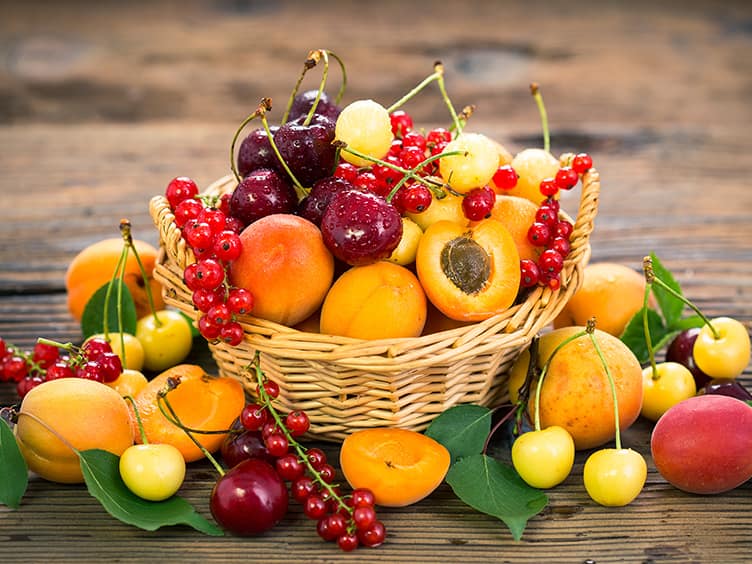
Some of the very early cropping varieties of apples and pears may be ripe enough to pick from mid-February onwards. Passionfruit will also mature and falling to the ground now, and there may also be good crops of lemons and oranges in some areas. Tropical fruits and citrus are still cropping in warmer areas, and honeydew melon, watermelon and cantaloupe are still in season in hot, dry climates.
Citrus trees, passionfruit vines and other evergreen fruiting trees and shrubs may be planted from the middle of the month. Water in well and keep moist (but not wet) until they are well established.
